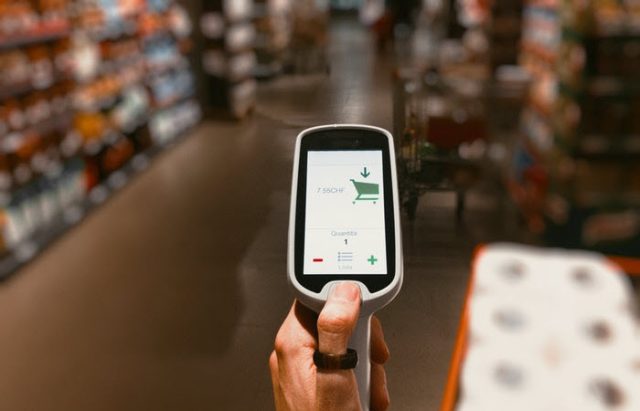Retail And Consumer Goods: The Next AI Frontier
By Brian Wallace
December 9, 2019 • Fact checked by Dumb Little Man

When was the last time you walked into a store and they were out of what you needed?
It happens less and less these days as the supply chain becomes increasingly managed by computer algorithms known as artificial intelligence. AI has all the data on sales patterns and supplier speed. It can order things before they run out without having to invest in costly excess merchandise that didn’t need to be ordered just yet.
This not only helps stores make sales, but it also helps to keep prices low for customers. In just two years, the retail use of AI grew by 200%, but adoption is still relatively low.
What's good about AI in consumer goods industry?
Different Sectors, Different Results
Currently, AI adoption varies widely by retail sector. Some places where it can help the most – such as in reducing food waste in grocery stores – are still some of the lowest in the industry. What’s behind the hesitation to adopt this game-changing technology?
By sector, AI adoption percentages:
- 42% across multiple categories
- 33% apparel and footwear
- 29% grocery and food
- 26% home improvement
Only 15% of companies say their business is spearheading the development of AI systems. Why not invest more?
Many companies say AI can improve their business, but they just aren’t sure how to implement it or they can’t justify the upfront expense of doing so. But even with current technology, AI can increase customer satisfaction by 9%, reduce complaints by 8%, and lower customer churn by 5%.
Should companies invest more in this emerging technology to keep up with their competition?
Chatbots And Virtual Assistants Are The Future

Walmart’s ‘Intelligent Retail Lab’ which is referred to as IRL has the ability to streamline many of the tasks that usually take workers a lot of time. In the past, in order to know which items were out of stock on a shelf, workers would have to walk through the store, making note of the empty spots.
Now, AI takes over that duty, immediately alerting workers to what is out so they can skip a step and go straight to restocking the shelves. In IRL, there are also displays throughout the store that can answer common questions about products. This will free up workers to take care of the human side of things while the artificial intelligence takes care of the mundane but necessary tasks.
It’s not only Walmart that is jumping on to the AI bandwagon. Brown-Forman has unveiled its ‘Whiskey Whisperer’ which can teach consumers about whiskey. It can provide them with cocktail recipes and make recommendations for other products based on what they already like. H&M has a system that allows users to send a link to something they like and the automated system can build an outfit around it.
In the future, cameras and robotics will be helpful in streamlining the shopping experience. Customers can walk into the store and place items directly into their bags and walk out – the cameras and AI track what is being taken and charge the customer accordingly. AI can also be used to make personalized recommendations to customers, especially in the case of food allergies and sensitivities and other health needs where shopping can be such a hassle.
See Also: How To Boost Your Business with Influence Marketing Chatbots
Why Customer-Facing AI Is Growing

By 2021, AI will handle more and more customer interactions, growing by an estimated 400% from today’s levels. Predictive AI can change fast-food signage and offerings based on things like weather, traffic patterns, and the time of day.
AI can improve efficiency in customer service by identifying customers as they are shopping and making recommendations based on their past buying patterns. Enterprise AI can make predictions about consumer behavior to plan for better sales forecasting as well as productivity.
See Also: Adjusting Your Business Mindset for the AI Economy
Retailers have a lot of data already about customers and their spending habits and patterns. What they do with that data moving forward can determine whether their company is viable into the future. Retailers have the tools necessary to make it to the next level, but adoption is still slow.
Learn more about adoption of artificial intelligence in retail and consumer goods from the infographic below. Can AI save retail from its next apocalypse?

Brian Wallace
Brian Wallace is the Founder and President of NowSourcing, an industry leading infographic design agency based in Louisville, KY and Cincinnati, OH which works with companies that range from startups to Fortune 500s. Brian also runs #LinkedInLocal events nationwide, and hosts the Next Action Podcast. Brian has been named a Google Small Business Advisor for 2016-present and joined the SXSW Advisory Board in 2019.







